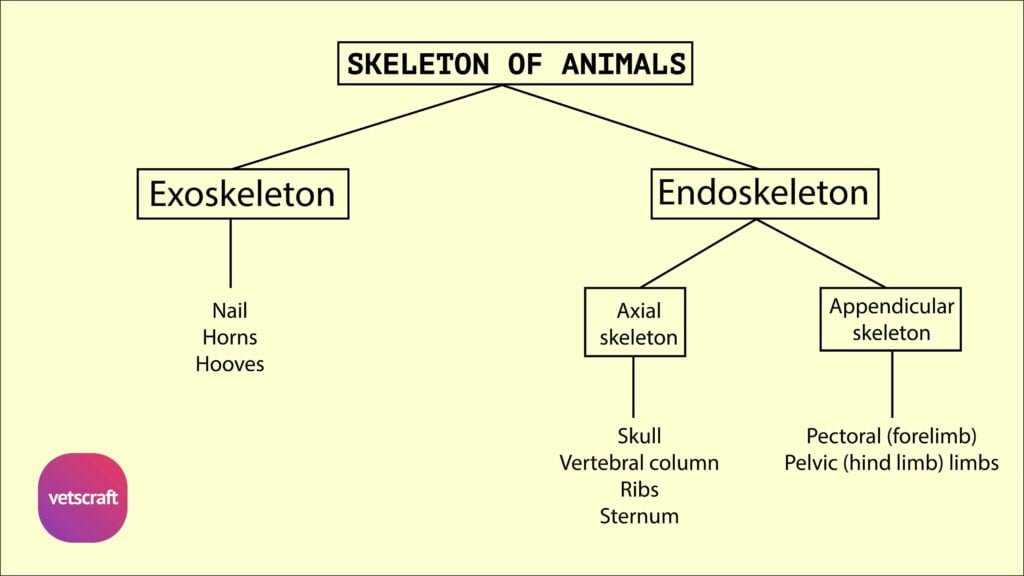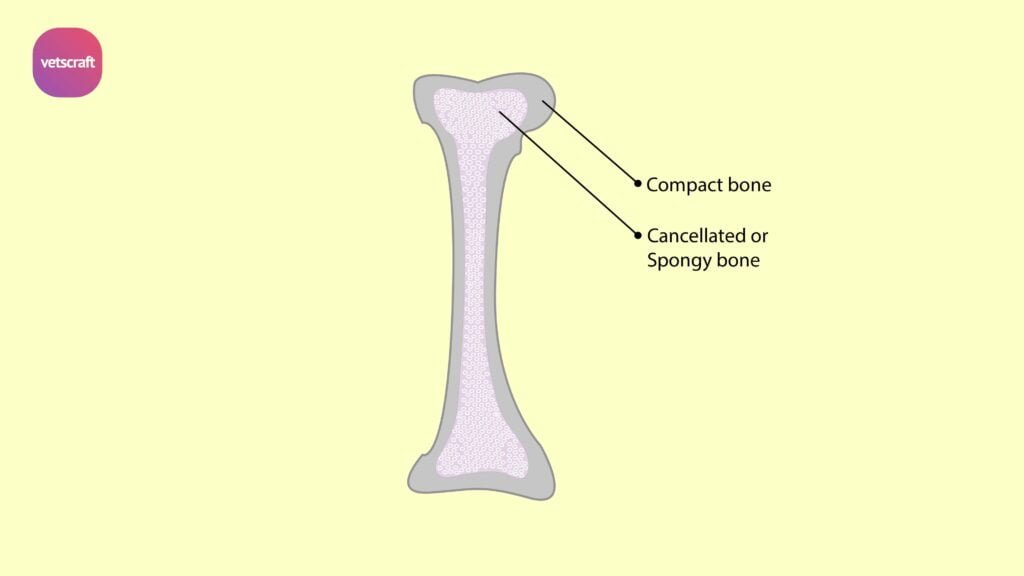Pancreas is a dual gland, which consists of an exocrine portion that secretes certain digestive juices and endocrine portion that secretes hormones. Both these functions of pancreas are carried out by distinctly different groups of cells. It is compound tubuloalveolar gland.
The pancreas is covered by a thin layer of loose connective tissue (which does not form a distinct capsule) from which septa pass into the gland, subdividing into many lobes. The acini are all of the serous type and are lined by pyramidal cells resting on a basement membrane.
The pyramidal secretory cells are arranged in a single layer. They resemble serous acini but are distinguished by the presence of two zones. The inner zone is coarsely granular, while the outer (basal) zone appears almost homogenous or may show fine radial striations. The spheroid nucleus lies in outer basal zone but in such a manner as to project into the inner zone. The nucleus contains one or two prominent acidophilic nucleoli.
The acini open into the acinar or intercalated ducts, which are fairly long and are lined by cuboidal epithelium and have all the characteristics of intercalated ducts. It should be noted that in pancreas all the ducts within the lobule (inter-calated and intralobular) are lined by cuboidal epithelium only and there are no striated ducts. The interlobular ducts are lined by simple columnar epithelium and there is a connective coat, the thickness of which is directly proportional to the size of the duct.
The cuboidal cells of the intercalated ducts sometimes extend into the lumen of the acinus as a projection and these extensions appear in sections as one or more small cell appearing within the lumen and lying in contact with apical ends of acinar cells. These are called the centro-acinar cells of Langerhans. These differ form secreting acinar cells in having lightly stained clear cytoplasm, devoid of secretory granules or basophilic substance.
Islets of Langerhans
- The endocrine part of pancreas consists of cellular aggregations interspersed irregularly among the acini. These cell groups are called islets of Langerhans. Tthey have no functional communications with the duct system of the gland and their secretions are poured directly into the blood stream.
- In ordinary hematoxylin eosin preparations they appear as lightly stained cell groups, between the deeply stained acini. The size of the islets and their number vary in different portions of the gland and also in the different animals.
- In routine preparation all the cells in the islets appear to be similar, but by special staining techniques different types have been identified. Three types are commonly recognized
- A or alpha cell
- B or beta cell and
- D or delta cell.
- By Mallory azan technique – Alpha cells shows bright red granules, Beta cells shows brown to orange granules and Delta cells shows blue granules in the cytoplasm. ‘A’ cell contains fine granules and cell membranes are distinct. ‘B’ cells contain coarse granules and cell membranes are indistinct.
- With chrome-haematoxylin-phloxine method of staining-A cells show red granules and B cell show blue granules. The relative number of A and B cells constitute 20, 75 and 5 percent. In the dog B and D cells produce insulin and A cells are produce glucagon which has an antagonistic action to that of insulin. The D cells produce somatostatin.
- Pancreatic juice contains several proteolytic enzymes (trypsinogen), Lipase (steapsin) and are important for normal digestive processes. The endocrine secretion, Insulin plays an important role in carbohydrate metabolism.

